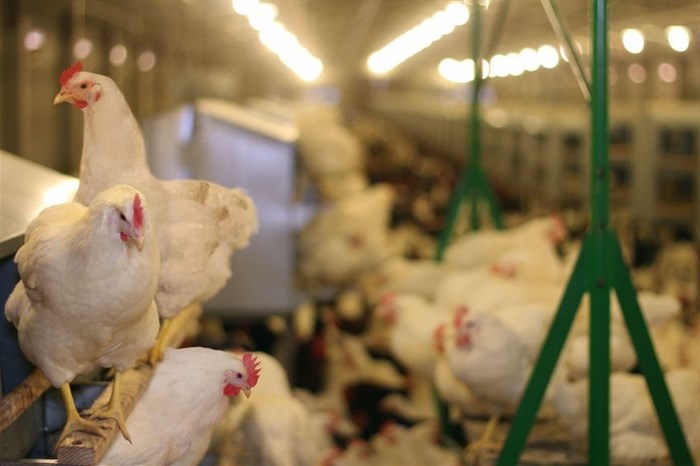A four-year decline in poultry imports into South Africa has come to an end. Imports for the first 11 months of 2023 were higher than the total for 2022. Chicken imports in 2023 thus comfortably exceeded the previous year for the first time since 2018.

Source: ©123branex via
123RFThe increase does not signal the start of another assault on the South African poultry market such as the floods of dumped chicken portions that did so much damage to the local chicken industry in previous decades, but it will be watched with concern by South African poultry producers.
Poultry imports, nearly all of which is chicken, peaked at 566,00 tonnes in 2018. Since then, import volumes have dropped steadily and were down to 373,000 tonnes last year.
Reasons for decline in poultry imports
The reasons for the years-long decline are multiple and difficult to separate. They include widespread outbreaks of bird flu in Europe, the United States (US) and Argentina, the Covid pandemic’s disruptions to production, Rand depreciation and, probably to a lesser extent, higher import tariffs.
The recovery has come despite continued episodes of bird flu in Europe – only three European Union (EU) countries can now export to South Africa, after most were banned – and the US, where 23 states are currently experiencing bird flu bans.
Largest imports
The frozen chicken imports vary by category and country of origin, and some of them are very intriguing.
The first is high and rising volumes of imports of mechanically deboned meat (or MDM, a paste used to manufacture processed foods), and the second is offal, which includes chicken heads, feet and livers. These are the largest import categories – MDM comprised 62,6% of chicken imports in November, and offal 18,5%.
Both have been rising yearly and are at their highest levels since 2020. The main source of both is Brazil, which now supplies 80% of South Africa’s chicken imports and is so far free of bird flu. The EU, which used to be the biggest supplier until it was ravaged by bird flu, has slowly recovered to 7%.
While Brazil dominated the imports list, the US, despite its bird flu problems, remains the main source of the imports that inflict the most damage to the local industry – bone-in chicken portions such as leg quarters, thighs and drumsticks. These come in free of anti-dumping duties after the US forced a substantial duty-free quota on South Africa in 2016, as a condition of renewing the Agoa trade deal.
Smaller volumes come from Brazil and the EU, where companies were found guilty of unfair pricing and are subject to anti-dumping duties.
Bone-in chicken imports declining
There is good news for South African chicken producers. While South Africa is importing more MDM and offal, imports of bone-in chicken are declining steadily. Bone-in portions are down to 14,5% of chicken imports and this year’s total will be the lowest since 2020.
That does not mean that imports of bone-in chicken are insubstantial or that they do not hurt. While volumes are down from 287,000 tonnes in 2018 to 66,000 tonnes in the first 11 months of 2023, those diminished 2023 imports had a landed price of R1,17bn.
Like all of South Africa’s R4 billion annual chicken imports, those are sales that South African producers did not make and chicken that did not eat South African grain or create South African jobs.
Whether these trends will continue this year, and whether a new increase in dumped bone-in imports is looming, remains to be seen. However, it has become clear that set patterns in the import market are changing.
































